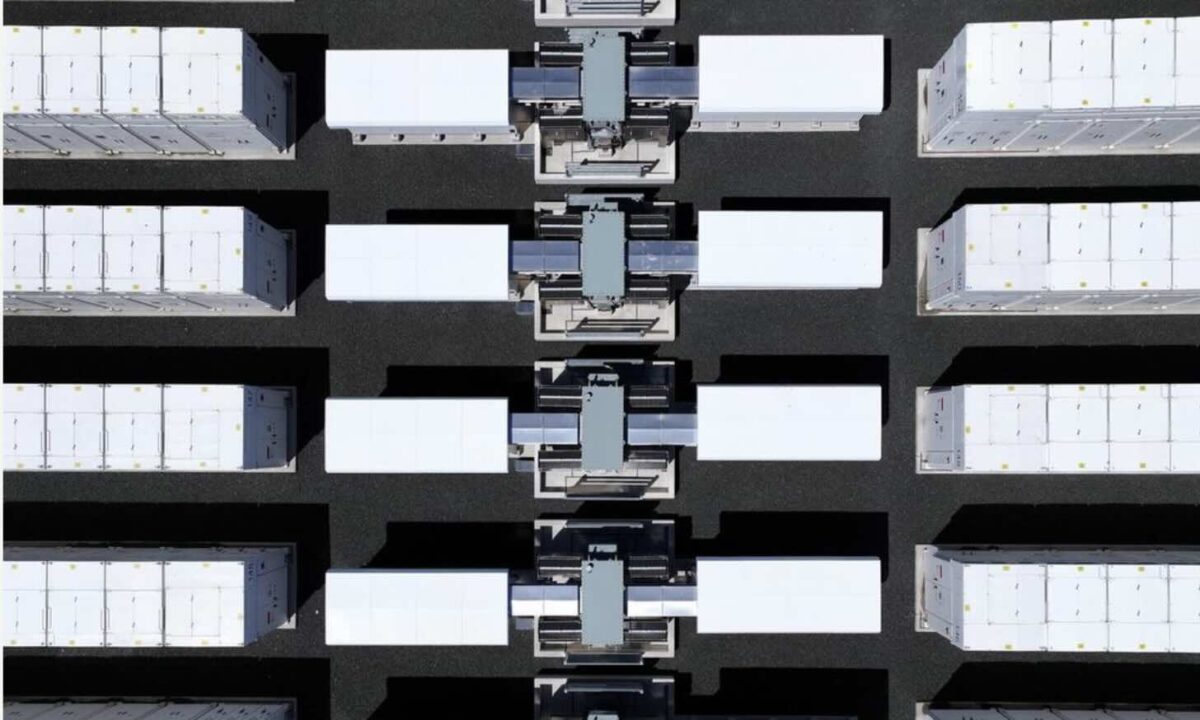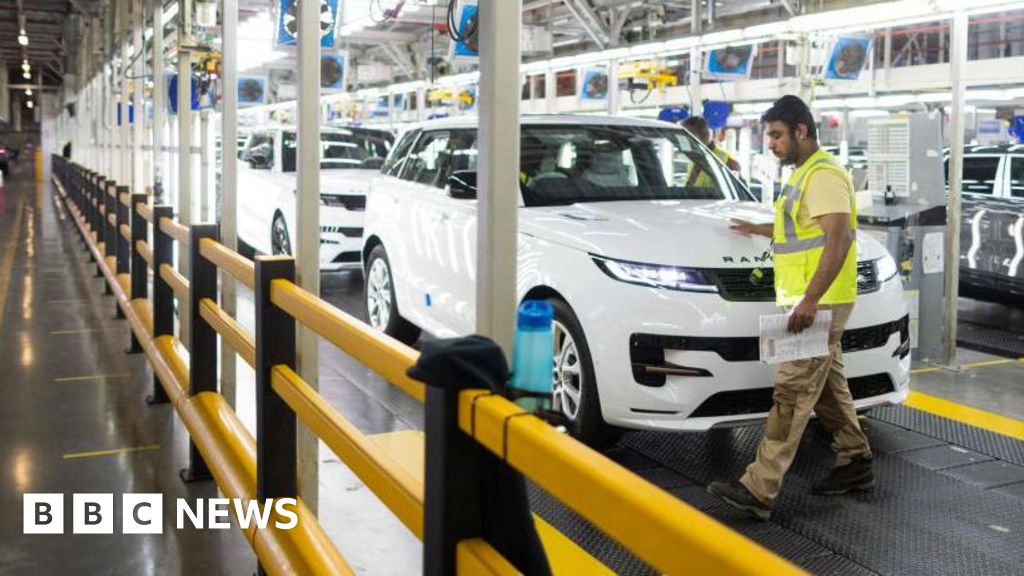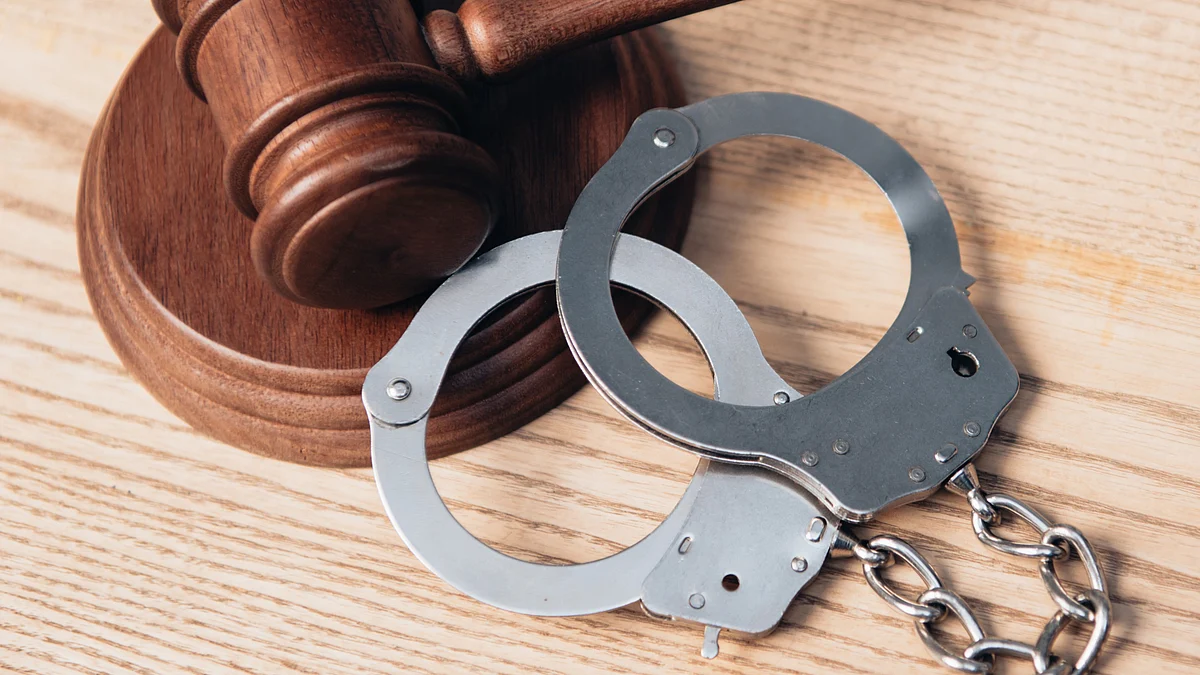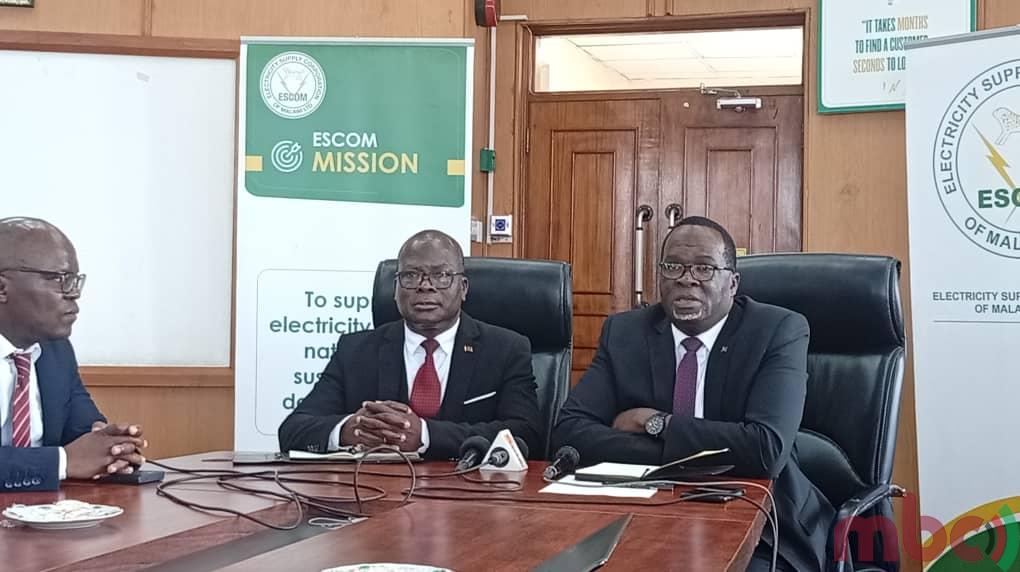By Giles Parkinson
Copyright reneweconomy

The federal government has announced 16 winners of its landmark tender for “dispatchable generation” – the biggest ever held in the country – confirming battery storage as the overwhelming success of Australia’s green energy transition.
Federal energy and climate minister Chris Bowen made the announcement on Tuesday, noting that all winners were lithium-ion batteries and would deliver 4.13 gigawatts (GW) and 15.37 gigawatt hours (GWh) into the grid by the end of 2029.
The tender is one of a number being held under the guise of the Capacity Investment Scheme, which now seeks a total of 40 GW of wind, solar and battery capacity to help the government reach, or at least get to within striking distance, of its 82 per cent renewable energy target by 2030.
Bowen says the winners were drawn from 124 bids totalling 34 GW and 135 GWh.
“This is the latest step in the Albanese Government’s plan to rebuild Australia’s energy grid into the modern, reliable and fairer system we need,” he said in a statement.
Among the notable winners are EnergyAustralia’s proposed Mt Piper battery at the site of one of the few remaining coal fired power generators in NSW, while the biggest in the selected group is the 400 MW, 1600 MWh Teebar battery in Queensland proposed by Atmos Renewables.
Equis won three projects – Koolunga in South Australia, and Calala in NSW, and Lower Wonga in Queensland.
Akaysha Energy, the builder of the country’s most powerful battery at Waratah (pictured above), wins for the second 195 MW, 780 MWh stage of the Ulinda Park battery, also in Queensland, and for its Deer Park battery in Victoria.
New player Ampyr Australia, led by the former AEMO executive Alex Wonhas, wins two contracts – one for the extension of the Bulabul near Wellington in the central west of NSW, and another for Swallow Tail battery south of Sydney.
This may act, like the Waratah Super Battery, as a kind of giant shock absorber to allow more capacity to be transported along new transmission lines into the major load centres.
Another double winner was Acenergy, which won for its Little River and Joel Joel battery projects in Victoria.
In all, NSW has five winning battery projects, Victoria also five, Queensland four, and South Australia two. Western Australia is holding a separate tender as its distinct market has different settings.
The two South Australia winners are interesting, as they include Alinta Energy’s Reeves Plains, a 250 MW, 1,000 MWh facility to be built at a site once reserved for gas generation.
Other winning companies included Potentia, Lightsource bp, TotalEnergies, and Valent Energy. All the winning battery projects were rated with four hours of storage, with the exception of Calala, which is just two hours at 150 MW and 300 MWh and Mornington, which is also a two-hour battery.
Bowen said the winning projects would comprise $3.8 billion in local content, 1,900 construction jobs, more than 100 operations and maintenance jobs, $218.8 million in First Nations benefits, and $36 million in shared community benefits, along with $33.6 million of local steel.
Two projects have committed to First Nations equity sharing agreements, with several others committed to subcontracting with First Nations owned businesses and providing access to training and work force development and participation opportunities.
Partnerships with local TAFEs, scholarships will upskill local workforces, and STEM education in local schools will support the next generation of renewable energy experts.
Bowen is expected to announce the results of the second generation gender – seeking at leat 6 GW of new wind and solar capacity – in October.
He has announced that the auction processes will be fast-tracked to try and ensure that the projects get completed on time. However, few of the projects announced in the first generation tender late last year have started construction or reached financial close.
Some are struggling with grid connections, others with securing off-take deals with big energy consumers or the large retailers, who have effectively gone on a buyer’s strike, apart from in big batteries. Some wind and solar developers may have bid too low in their efforts to win a CIS contract.
Bowen, however, was keen to put a positive spin on the news, which comes in the same week as a sobering climate impact report, an announcement of a delay in the first offshore wind auction from Victoria, and ahead of the announcement of the government’s 2035 emissions reduction target.
“In three short years our reliable renewables plan has unlocked record levels of investment in Australia’s energy grid, while delivering good jobs, training, and community benefits to locals hosting this critical new infrastructure, that’s increasingly Australian-made,” Bowen said in his statement.
“Our practical approach to energy is harnessing the nation’s natural advantages to deliver more affordable and more reliable energy for our country, powering new jobs in our regions and suburbs and securing billions of dollars in global investment.”
See also Renew Economy’s Big Battery Storage Map of Australia



